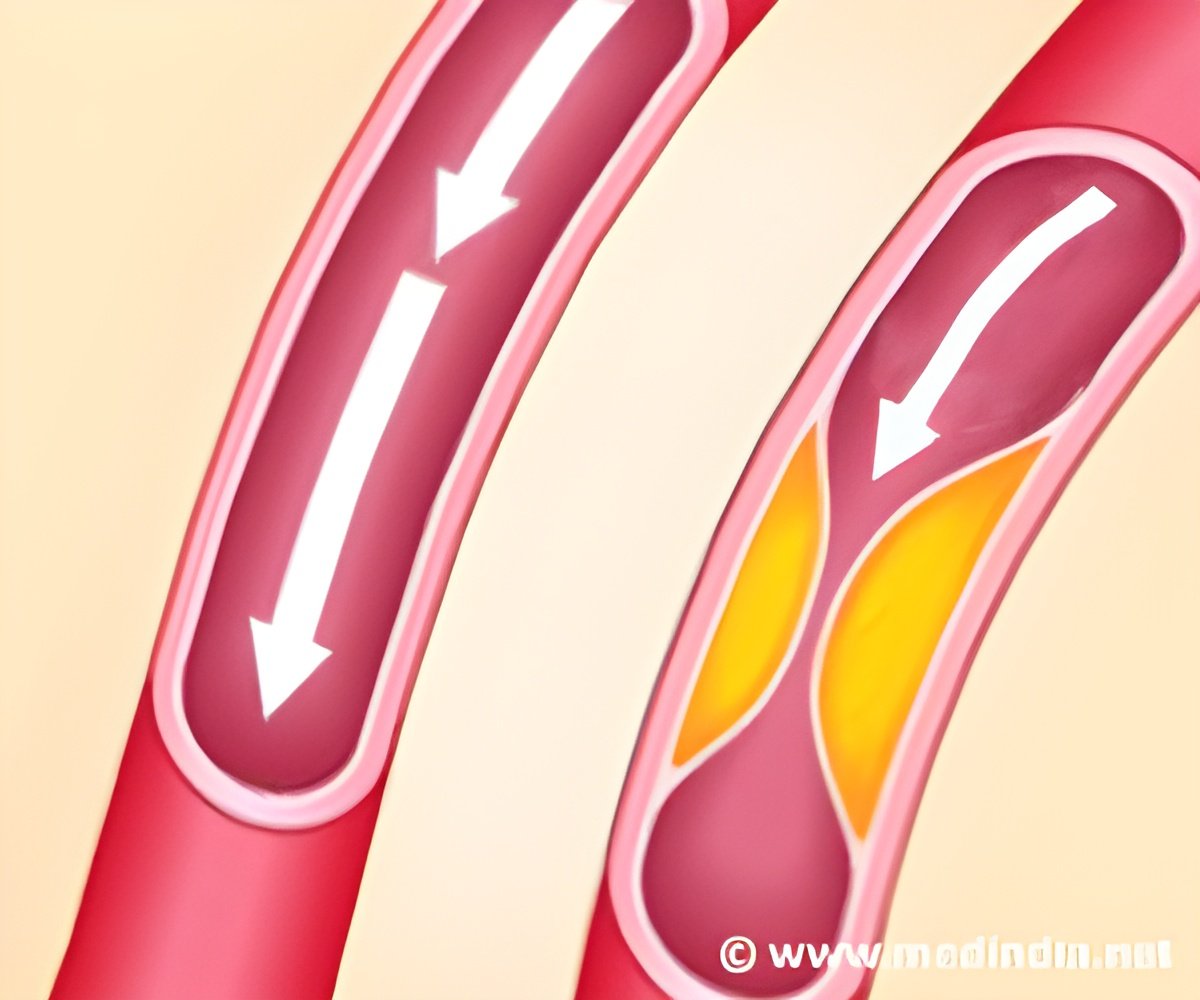
‘The guidelines to manage dyslipidemia recommend all patients, regardless of risk, to achieve at least 50% reduction in the levels of low-density lipoprotein cholesterol.’
Tweet it Now
The new guidelines stress the need to lower lipid levels in populations and high-risk individuals. "Those at high risk should be the top priority for doctors treating patients one-to-one," said Professor Graham. "But most deaths are in patients with only slightly high cholesterol because there are vast numbers of them. It means that population approaches for lowering lipids - such as lifestyle changes - are also needed."When it comes to recommendations for patients, the guidelines recommend an individual LDL cholesterol target based on risk (defined by co-morbidities and 10-year risk of fatal CVD3). For example, in high-risk patients, the target is LDL cholesterol less than 2.6 mmol/L (100 mg/dL). All patients, regardless of risk, should achieve at least 50% reduction in LDL cholesterol.
Professor Alberico Catapano (Italy), Task Force Chairperson (EAS), said, "We made a blend between the goal of LDL cholesterol level and percentage lowering to make sure all patients achieve at least 50% reduction of LDL cholesterol."
This person based approach differs from US guidelines which recommend giving a statin to all high-risk patients even if they have low cholesterol.4 Professor Graham said, "The American approach would mean considerably more people in Europe being on a statin. The Task Force decided against this blanket approach. The worry is that a large population of high-risk people who are inert and overweight has their cholesterol lowered by drugs but then ignore their other risk factors."
Fasting is no longer required before screening for lipid levels, as there is new evidence that non-fasting blood samples give similar results for cholesterol.
Advertisement
Professor Graham said, "There is more emphasis on choosing foods like cereals, vegetables, fruits and fish than on saying 'thou shalt not ever eat fat.' This follows two trials on the Mediterranean diet which showed an unexpectedly big effect on mortality. We're not saying you shouldn't be careful of saturated fat; we're saying if you make positive food choices, particularly if you find enjoyable ones, it'll be easier to manage."
Advertisement
Professor Catapano said, "The PCSK9 inhibitors have a substantial effect over and above maximum therapy and are a real advance for patients with severe familial hypercholesterolemia, for example. However, they are extremely expensive and therefore their use may be limited in some countries."
He concluded, "We hope clinicians will make every effort to lower their patients' LDL cholesterol as much as possible. We define a sequence for drugs to help achieve this. Statins should be the mainstay, then combination therapy with ezetimibe, and as a third line the new PCSK9 inhibitors."
Source-Eurekalert










